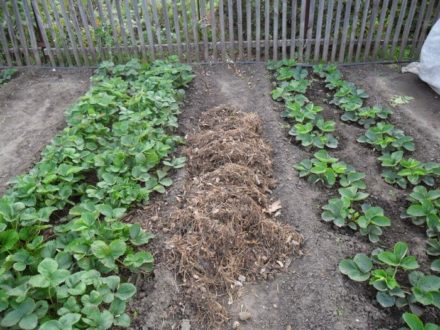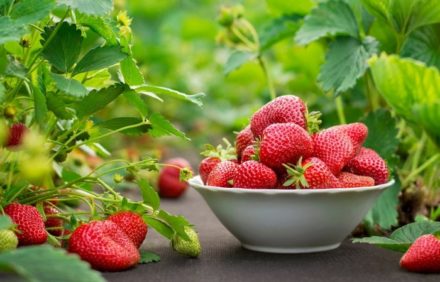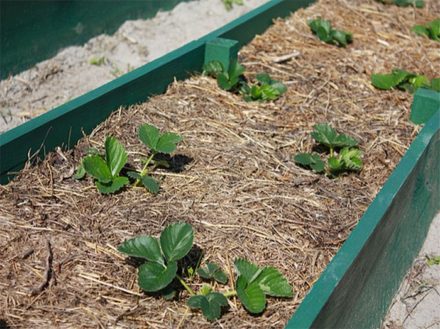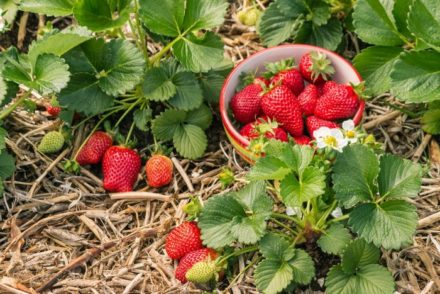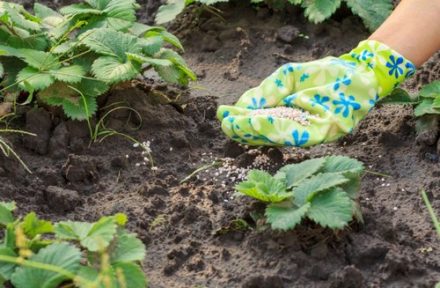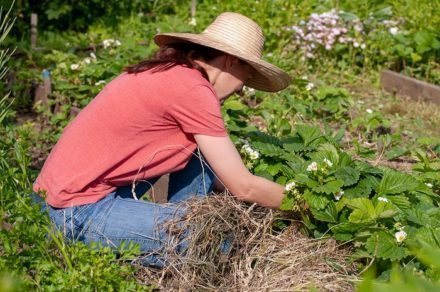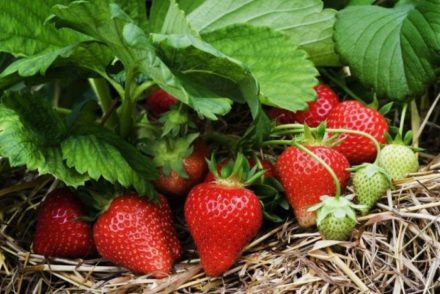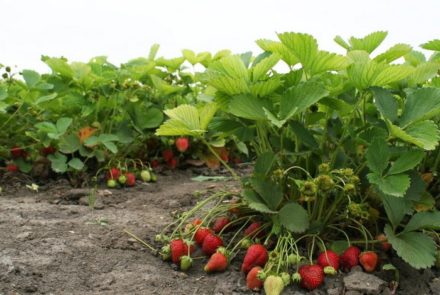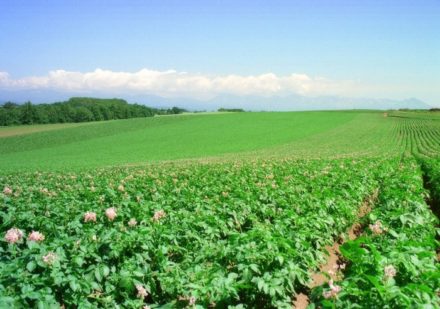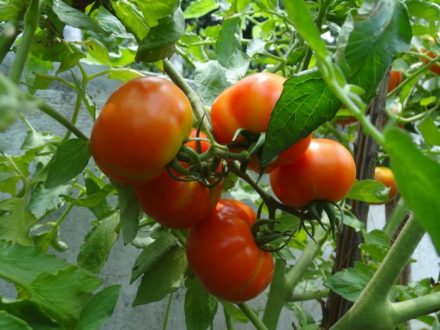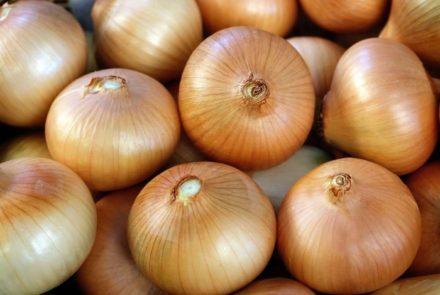In order to get a decent strawberry harvest, you need to know all the subtleties and features of its cultivation. In addition, we must not forget that in each period the berry needs certain care; this rule also applies to the moment after harvesting. Despite this, many gardeners commit harmful actions, thinking that they will be beneficial.
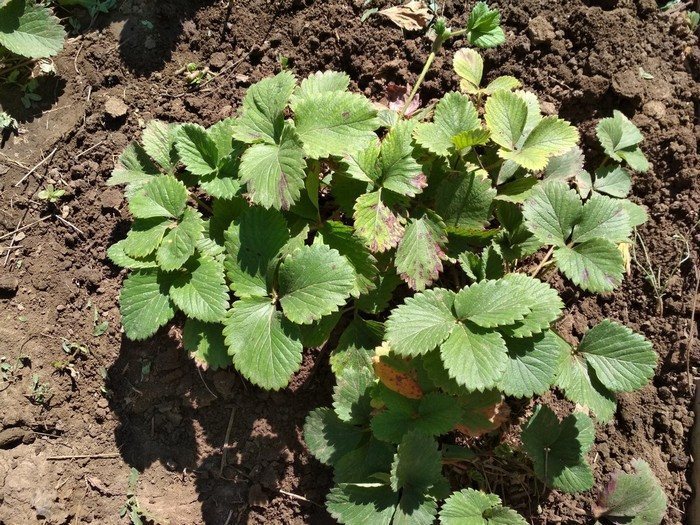
Placing trimmed foliage near bushes
During the entire fruiting period of strawberries, the foliage of the bushes is exposed to various diseases, infections and insect attacks. At the same time, infection occurs, which can spread to neighboring bushes. That is why it is better to collect trimmed foliage and subsequently burn it, rather than stack it next to the plant.
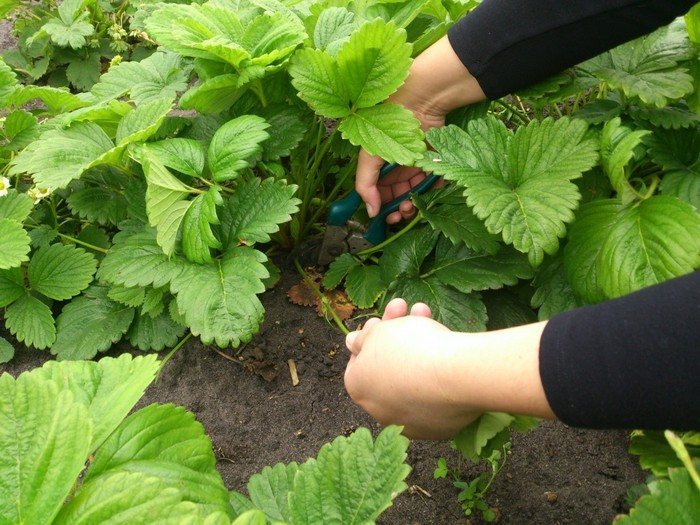
Fertilizing strawberries with bleach-based fertilizers
Even among experienced gardeners there is a myth about the benefits of chlorine for strawberries. In fact, it does not bring any benefit, but, on the contrary, worsens the condition of the plant. Instead of fertilizers with chlorine, it is recommended to use copper sulfate. It will certainly strengthen the bushes and become a reliable protection against diseases.
Water deeply at noon
It is necessary to water strawberries after harvesting, and it is good that most gardeners remember this. However, carrying out the procedure in the middle of a hot day using tools with strong water pressure is fraught with the death of the bushes.The fact is that at high temperatures, water quickly evaporates and does not have time to be absorbed into the ground, and the foliage of the plant gets burned. It is better to carry out the procedure in the early morning or evening, using a watering can if possible.
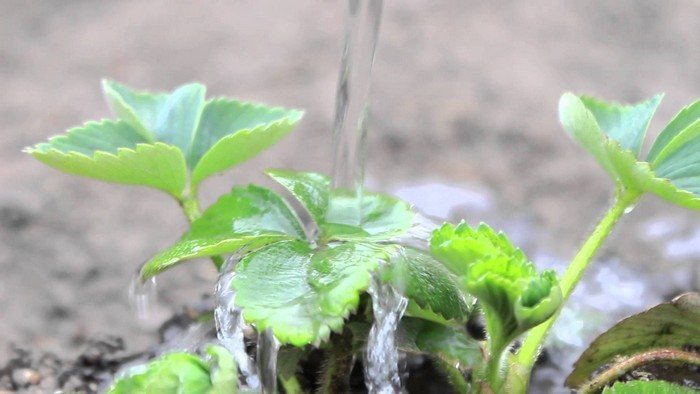
Mulching with an excessively thick or thin layer
Organic mulch improves the properties of the soil, enriches it with oxygen, retains moisture, and also prevents the appearance of weeds. But if the thickness of its layer is chosen incorrectly, the procedure does not bring benefits, and sometimes even harms. For example, a small layer does not retain moisture and allows weeds to break through, while an excessively thick layer provokes rotting of the bushes. The optimal mulch thickness is 3-6 cm (about 3 on heavy soils and 5–6 on light soils).
When learning how to grow strawberries, it is important to find a reliable source of information and not trust advice passed from one person to another. But even if mistakes cannot be avoided, over time any gardener will gain his own experience, which will be the key to a rich and high-quality harvest.


